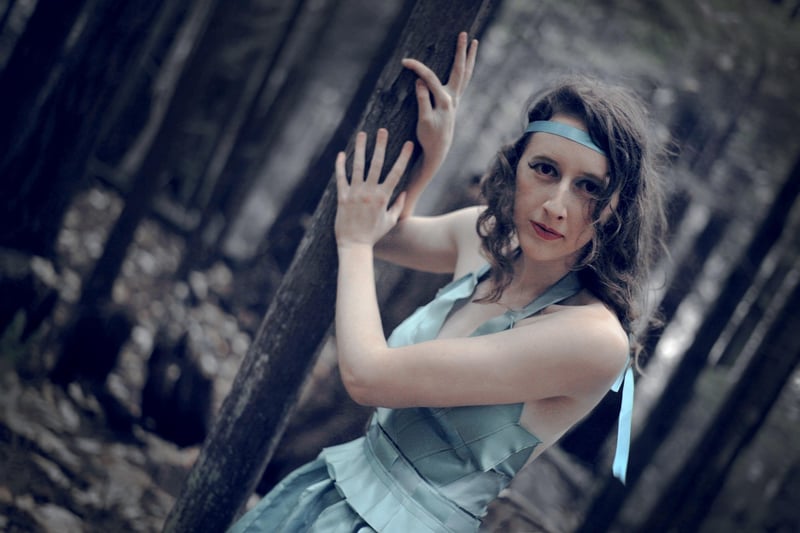Historical Etiquette
Preparing for Time Jumps: A Guide to Historical Etiquette
Introduction
Time jumps can transport us to different eras, each with its unique customs and etiquette. Whether you're attending a historical reenactment, a themed event, or simply curious about past societal norms, understanding historical etiquette is essential. Here's a guide to help you navigate various time periods with grace.
Ancient Civilizations
When exploring ancient civilizations like Egypt or Rome, respect for elders and authorities was paramount. Bowing or showing deference to leaders and using formal language were common practices. Attire often denoted social status, with elaborate clothing for the elite.

Medieval Times
In medieval times, chivalry and codes of honor shaped social interactions. Knights and nobility followed strict rules of conduct, emphasizing loyalty and bravery. Courteous speech and modesty were valued, and elaborate feasts were common for celebrations.

Victorian Era
The Victorian era was characterized by strict social norms and elaborate rituals. Proper etiquette dictated behavior in all aspects of life, from dining to courtship. Women wore intricate gowns, and men adhered to formal dress codes. Politeness and decorum were highly valued.

1920s Jazz Age
The 1920s marked a shift towards a more relaxed social atmosphere. Jazz music and flapper culture challenged traditional norms. Parties and dancing became popular, and fashion trends reflected a newfound sense of freedom and rebellion.

Conclusion
Exploring historical etiquette provides a window into the past and helps us appreciate how societal norms have evolved over time. Whether you're stepping back into ancient civilizations or experiencing the glamour of the Victorian era, embracing historical etiquette can enrich your experience and deepen your understanding of different cultures.
Remember, each era had its own rules and customs, so immerse yourself in the unique etiquette of the time jump you're exploring.
